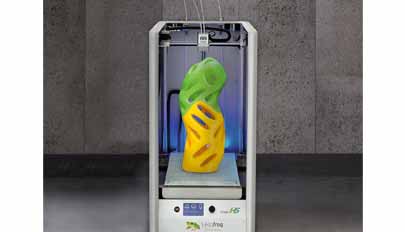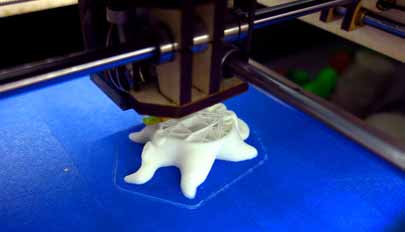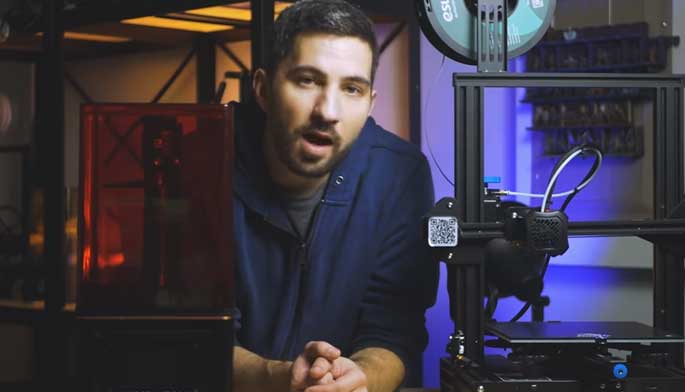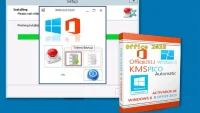Buying your first 3D printer is exciting. Like your first car, boyfriend, or violin, it is an unforgettable experience that can make or break your love affair with 3D printing. Of course, it is natural to be unsure about the type of device you want to buy. Fortunately, it is easy to test drive a 3D printer so you can decide for yourself if it is for you. Read on to learn how to choose a 3D printer that suits your needs and fits your budget.
Build volume

One of the most important things to consider when purchasing a 3D printer is the build volume. This is the maximum size an object can be. Build volumes vary by manufacturer, but usually are stated in Cartesian form, which means the maximum length, width, and height are accounted for. For FFF/FDM and SLA printers, the build volume is smaller. Here are some tips to use the maximum build volume:
The size of the print volume depends on the material and the printer, as well as the finish process. Printers come in various sizes, and the maximum volume can be up to 1000x800x500mm. For example, the Stratasys Objet1000 printer can print a model up to a maximum size of 1000x800x500mm. However, larger printers can only print large pieces.
Extruders
Choosing the best 3D printer means focusing on the extruders. There are several factors to consider when determining the quality of an extruder. The type of filament used, the size of the extruder, and the torque of the motor will all affect the quality of the finished 3D print. Fortunately, there are a few things to look for when choosing an extruder.

The extruder is the part of the printer that moves the filament through the machine. This component also melts the filament for the nozzle. Extruders are typically contained units, but some printers have interchangeable extruders. The extruder is comprised of a stepper motor, nozzle system, and heat sink. Sometimes the hot end is upgradeable. You should also consider the extruders’ speed and capacity.
Connectivity options
When it comes to choosing 3d printing service, you have a few different options. You can choose one that is standalone, connected to a computer, or you can get a higher-end model that comes with network connectivity. The higher-priced models typically come with more connectivity options, and may not be right for you. Consider how you will use the printer, and how much you need network connectivity for.
The first option to consider is the amount of connectivity a 3D printer has. Some models have only one port, and this makes them ideal for DIY printing projects. Other models may have multiple ports or have limited functionality, so be sure to check those. In addition to a USB connection, you should also look for one that can load files from an SD card. While this may seem like a flaw in some ways, it is not a dealbreaker for most users.
Cost

The price of a 3D printer depends on several factors. The more expensive models are designed to perform only a few tasks at high quality. They also contain production technology for specific materials, such as high-temperature polymers or metals. For these printers to be effective, you must have a good business case, a thorough competitor analysis, and a purchase order. If you are looking for a 3D printer for your business, however, the cost will likely be a lot higher.
Conclusion:
There are several ways to reduce the cost of a 3D printer. For example, you can print parts out of cheaper materials, such as wood. However, metals, such as stainless steel 316L, can be expensive. Those materials require extra finishing and are therefore more expensive. If you’re printing out complex parts, you can opt for more expensive materials such as plastic. You can also opt for cheaper alternatives, such as 3D model databases.

Vivan Henderson, a professional photographer born in Texas. Photography is his passion. He was fond of nature in his childhood. So he took his passion as a profession. He is basically nature photographer but also take other type of photo. He completed graduation in computer science from Texas Tech University. He lives in Houston with his wife and two children’s.





